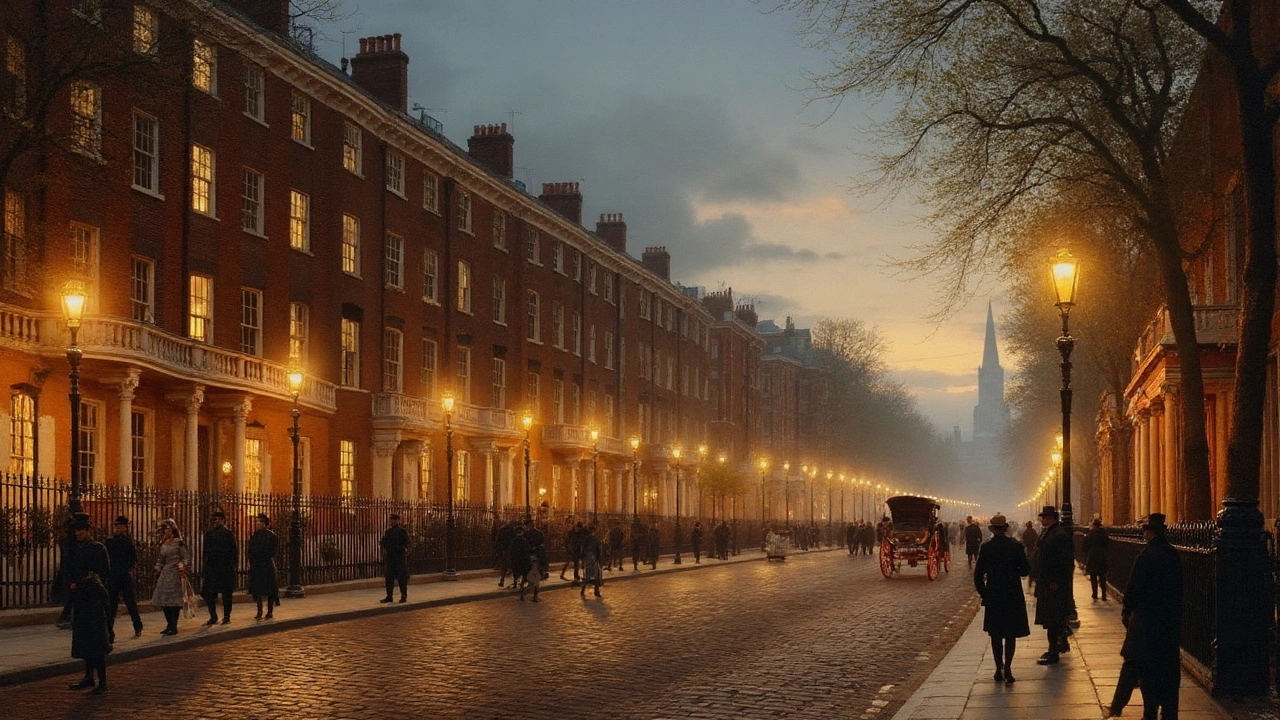Explore the defining features, iconic examples, and lasting influence of Georgian architecture, the elegant 18th‑century style that still shapes our cities.
Georgian Style Architecture: What Makes It Stand Out
If you’ve ever walked past a red‑brick building with tidy windows and a balanced look, you’ve probably seen Georgian style. It’s the kind of design that feels orderly without being boring. In this guide we’ll break down the basics so you can spot a Georgian house, understand why it matters, and even borrow a few ideas for your own space.
Defining Characteristics
First off, Georgian buildings love symmetry. The front door sits dead center, flanked by an equal number of windows on each side. Those windows are usually double‑hung sash windows with thin, vertical panes – think six‑over‑six or nine‑over‑nine grids. The brickwork is often a warm, reddish tone, laid in a regular bond that adds texture without overwhelming the eye.
Another trademark is the decorative crown over the door, called a pediment or entablature. It may feature simple columns or pilasters, but it never gets overly ornate – the elegance comes from proportion, not excess. Roofs are low‑pitched and hidden behind a modest parapet, keeping the façade clean and rectangular.
Inside, the layout follows the same logic. Rooms are arranged around a central hallway, creating a flow that feels both grand and practical. Moldings are restrained, usually a thin crown molding or a simple cornice. The overall vibe is refined, like a well‑tailored suit.
Why Georgian Style Still Matters
Even though these houses were built in the 1700s and early 1800s, the principles still work. Modern designers love the clear lines and balanced composition because they’re timeless. If you’re renovating, swapping out a modern slab door for a glazed pane with a classic transom can instantly add Georgian charm.
Homeowners also appreciate the energy efficiency of sash windows when they’re properly restored. The thin panes allow light to flood in, while the double‑hung design makes ventilation easy – open the top, let warm air escape, and keep the lower part cool.
For city planners, Georgian streetscapes offer a cohesive look that ties together different buildings. Walking down a block of Georgian terraces feels like stepping into a living museum, yet it’s still a functional neighborhood. That mix of heritage and usability is why many cities protect these structures through historic districts.
If you’re thinking about adding a Georgian touch to a new build, start with the basics: symmetrical façade, brick or painted stucco, and sash windows. You don’t need a full replica; a nod to the style can make a modern home feel grounded and elegant.
In short, Georgian style blends order, proportion, and subtle detail. It’s a design language that speaks clearly without shouting. Whether you’re admiring a historic townhouse or planning a fresh renovation, the key is to keep the balance, respect the rhythm of windows, and let the brick do the talking.

